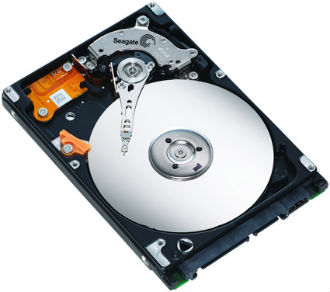 Software king of the world Microsoft wants to work with partners around something it calls a “hybrid message” in the coming year.
Software king of the world Microsoft wants to work with partners around something it calls a “hybrid message” in the coming year.
While we thought it wanted to deliver press releases to its partners in a Prius, apparently it means something cloudy. Vole was talking a lot about Azure and the move to cloud but the firm is working with partners to stress the benefits of the hybrid approach.
Microsoft’s CEO Satya Nadella said that pushing hybrid was going to be a theme with the channel.
“I think that these hybrid used benefits are being sorted of best-kept secrets. So, I’m hoping that going into this next fiscal year, we do a much better job, and customers do a much better job, but they don’t benefit because the advantage Azure has because of the hybrid used benefits across the entire workload are pretty phenomenal.”
“We had a good set of sessions at our partner meetings this week just really making sure that everybody understands those benefits. So, I don’t think that, that is really played out. If anything, all the growth we have seen is in spite of that not being broadly revenue driving growth”, Nadella added.
The fourth quarter numbers for the three months ended 30 June showed that the firm had delivered $30.09 billion in revenue with net income of $8.9 billion slightly ahead of the same period last year.
Office commercial products and cloud services revenue increased by 10 percent with Office 365 driving that with an increase of 38 percent year-on-year. Server products and cloud services were up by 26 percent with Azure improving by 89 percent.
Enterprise services revenue improved by eight percent and Windows OEM increased by seven percent. Windows commercial products climbed by 23 percent and Surface remains an important area delivering 25 percent growth.
For the full year the firm smashed through the $100bn barrier with revenues of $110.4 billion, a 14 percent improvement on fiscal 2017, with the cloud driving a lot of that growth.










